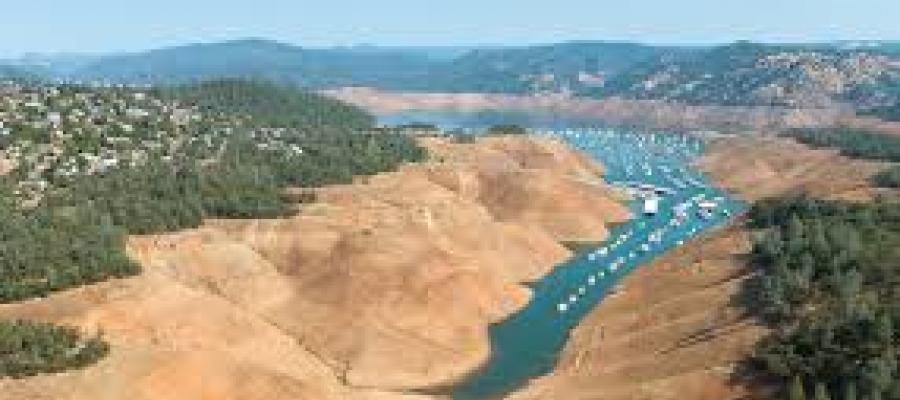November 15, 2018

SACRAMENTO, Calif. (AP) — California voters rejected borrowing nearly $9 billion for water infrastructure improvement projects despite the state suffering from chronic water scarcity.
Proposition 3 lost Tuesday by a narrow margin of less than 3 percentage points.
The initiative called for devoting the money to storage and dam repairs, watershed and fisheries improvements, and habitat protection and restoration.
Much of the $8.9 billion was earmarked for conservancies and state parks to restore and protect watersheds, and to nonprofits and local agencies for river parkways.
There also was money for improvements to meet safe drinking water standards.
The measure was backed by agricultural and water associations and groups devoted to conserving wetlands, fish and wildlife. Together, they had contributed more than $5 million to the campaign by mid-October.
“Sadly, the voters rejected a measure which would have provided safe drinking water to disadvantaged communities and would have helped California get through the next drought,” said Jerry Meral, director of the California Water Program, the measure’s main proponent. “Perhaps the Legislature will revisit this issue in two years.”
Sierra Club California and the League of Women Voters of California were among opponents who said the measure benefited special interests while siphoning money from other programs. No significant money was spent by the opposition.
“Voters saw through the rhetoric and sent the message that those who use water need to pay for it,” said Helen Hutchison, president of the League of Women Voters of California. She agreed that more money for water projects is needed but supported working with state lawmakers.
“Particularly for bond measures, we are far more supportive of those that come out of the Legislature,” she said. “We end up with more transparency of how the money is spent and there’s legislative oversight for spending the money.”
It was the largest water bond proposal since California’s nonpartisan legislative analyst began keeping track in 1970.
Less than $500 million was tagged for surface water storage and dam repairs, including $200 million to help repair Oroville Dam in Butte County, where damaged spillways last year caused the precautionary evacuation of nearly 200,000 people living downstream.
With the payback cost estimated at $430 million a year for 40 years, the legislative analyst put the total cost of the measure to state taxpayers at $17.3 billion, or about double the underlying benefit.
Local governments were projected to save about $200 million annually for water-related projects, with some matching funds required and preference given to disadvantaged communities.
Voters previously approved nearly $35 billion in bonds since 1970 for water and environmental projects, including $4 billion from a ballot measure passed in June. About a third of all funding remains unspent.
